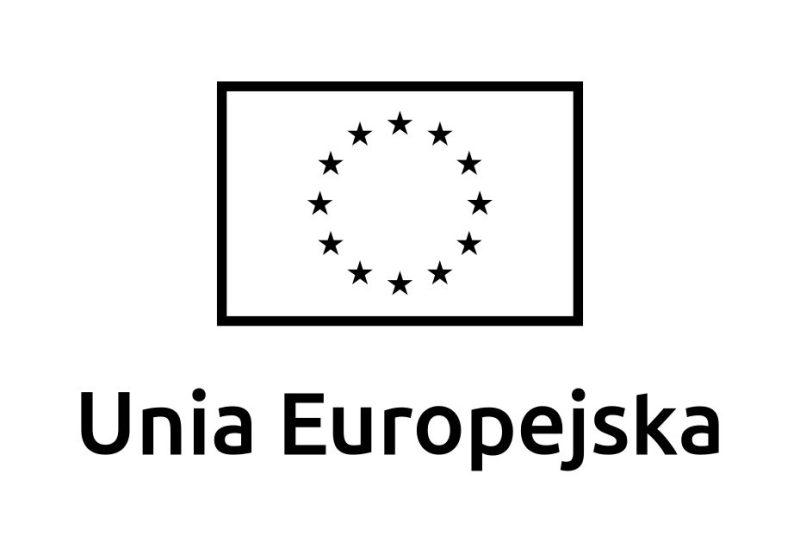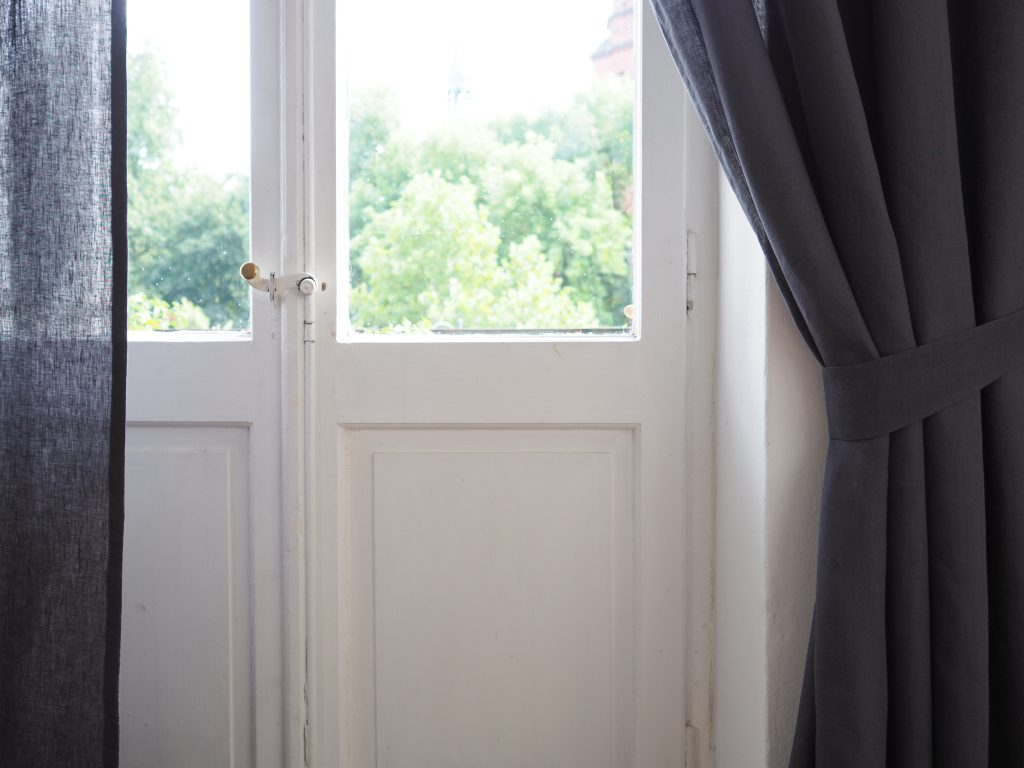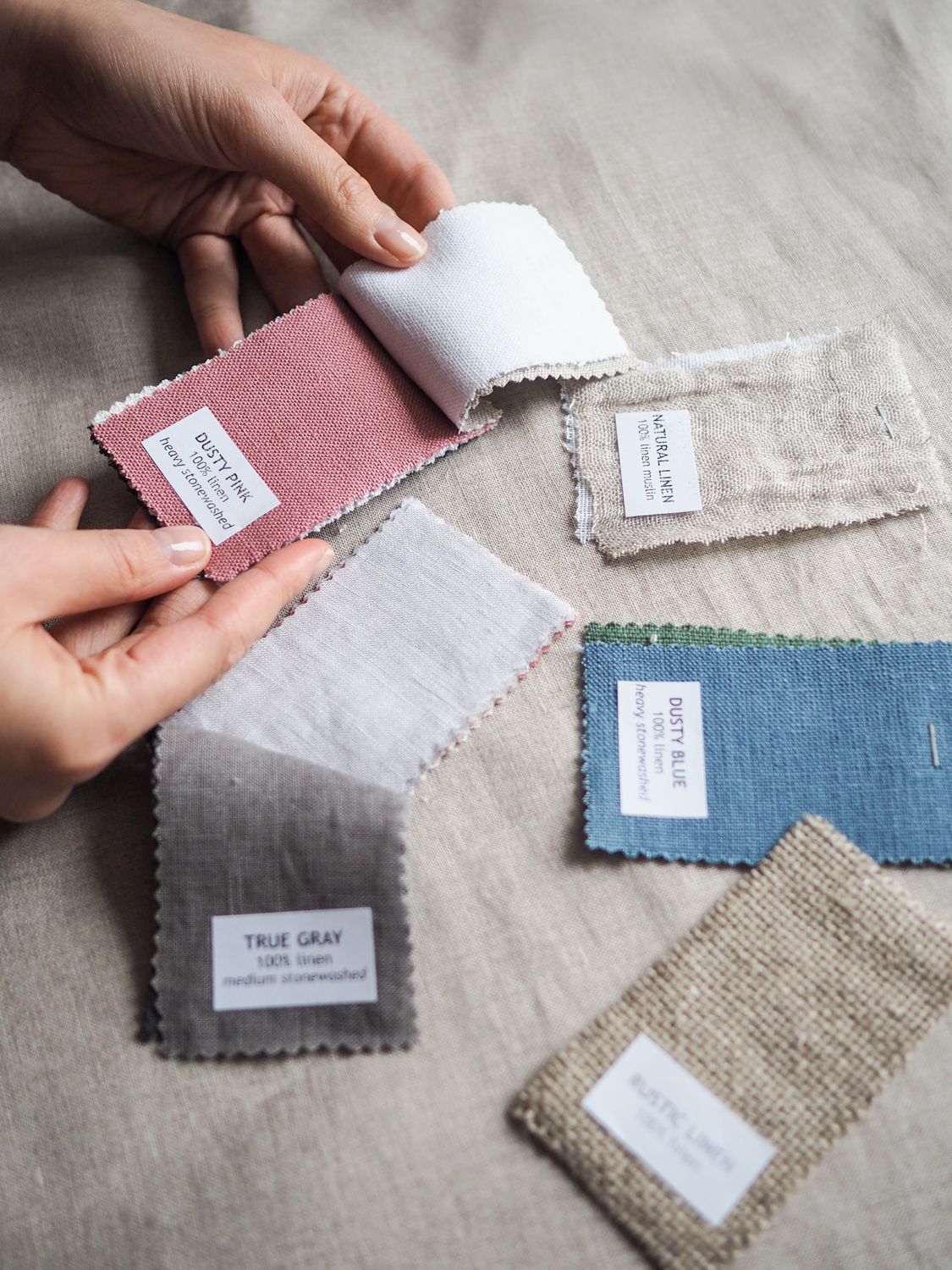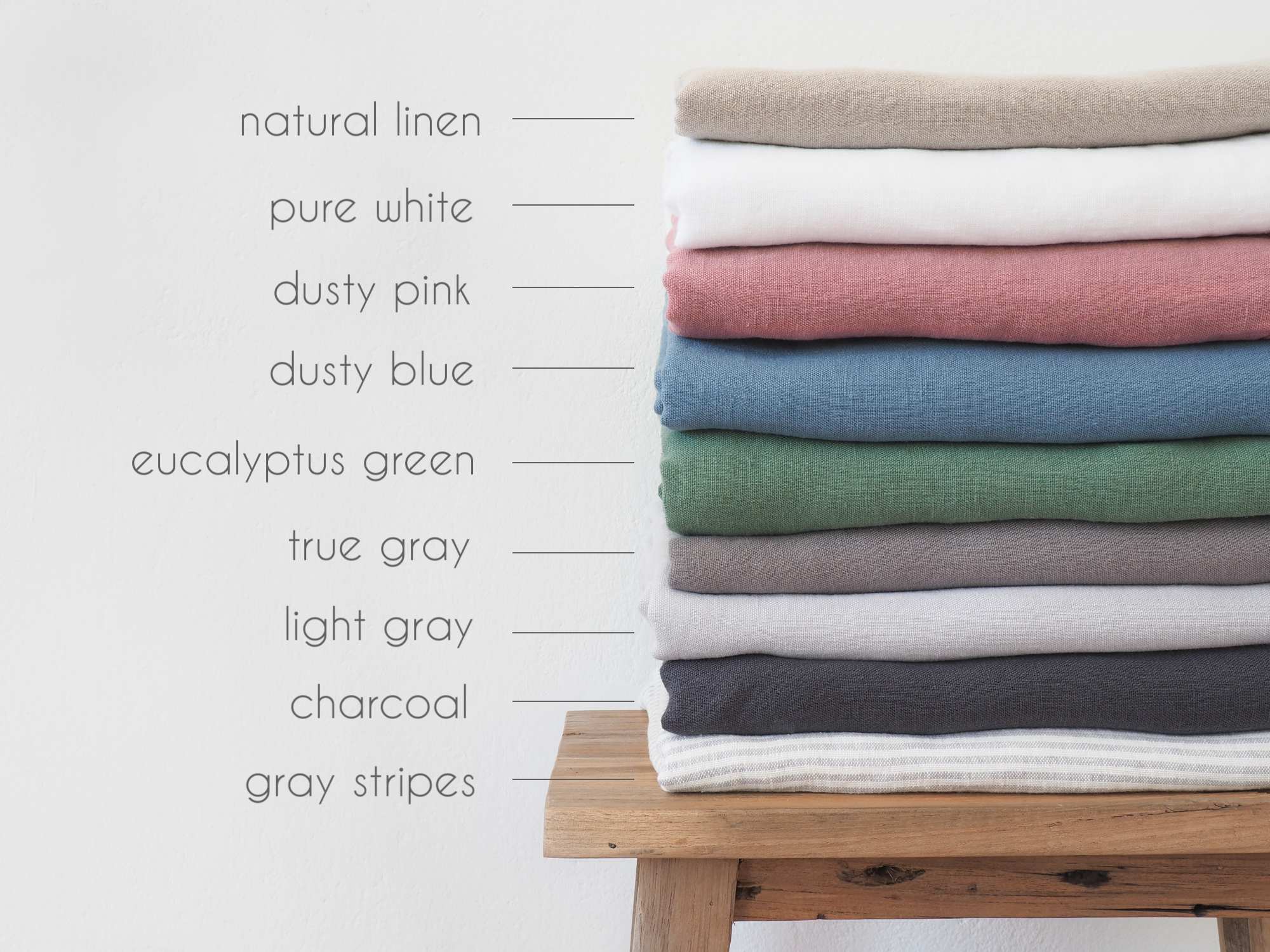Uncategorized
10 eco-friendly solutions for your home
We love eco-friendly solutions and believe that even small changes can improve the state of our planet. It all starts with these smallest steps, and habits take diligence and time. To support pro-environmental actions and promote education related to ecology, we have prepared for you 10 simple solutions that you can use in your home.
1.REPLACE CHEMICALS WITH HOME-MADE CLEANING PRODUCTS
Some chemicals – especially those with irritant properties – are full of phosphates, which get into our water supply along with municipal sewage, contributing to what is known as the “water damage” – eutrophication. It is through it that ions are formed which affect the rapid growth of biota. While this development is beneficial, at a later stage it transforms into a so-called water “blooming”. Ultimately, the obstructed access of light to the lower water layers results in the inhibition of growth of plants living in the deeper layers of that body of water.
Paying attention to the composition of cleaning products is one of the simpler and more effective eco-friendly ways to support our environment. So choose eco-friendly products based on natural ingredients and, if possible, make them yourself using products such as lemon juice, water or vinegar.
2.BAMBOO TOOTHBRUSH
Using wooden, especially bamboo eco-friendly toothbrushes is a way to minimize the amount of plastic you use. Plastic can decompose for up to 500 years, remaining completely non-biodegradable. Choosing eco-friendly organically grown produce and ditching plastic boxes, packaging or bottles is one of the more obvious steps to relieve the strain on our planet. This is especially important when we understand that the average plastic consumption per European citizen is up to 31 kg(!).

3.YES TO NATURAL MATERIALS
Industry is one of the major sources of pollution. Installations contribute significantly to greenhouse gas emissions, affecting gradual changes in our climate. Polyester, which is one of the most commonly used textiles, is derived from petroleum-based sources that are obviously non-renewable. Choosing eco-friendly products based on natural fabrics, sourced from controlled cultivation, complying with sustainable trade and environmental requirements reduces emissions, thus improving our planet, which is ultimately home to millions of species of flora and fauna.
So choose eco-friendly linen tablecloths, linen bedding, cotton dresses, wool sweaters or silk hats. Give up modal, elastane, and polyester, which additionally negatively affects the condition of your skin.
4.SUPPORT LOCAL BUSINESSES
Slightly smaller, eco-friendly local businesses rely on completely different production processes. What’s more – those small companies that operate in a specific area often openly talk about their environmentally friendly actions, clearly indicating where they source the raw materials to produce their goods. So by recognizing eco-friendly brands for whom being in tune with nature and practicing sustainable production is important, you reduce the impact of companies that violate consumer rights or bend our planet’s resources. Remember – you, as the consumer, have the most say in this aspect.
5.CHOOSE TO RECYCLE
Did you know that in Poland only 30% of the population follows the principles of recycling? This means that almost one in 4 of us doesn’t pay attention to where our trash lands. While that number still leaves a lot to be desired, the reality is that we have already made really great progress. Experts indicate that by 2035, this percentage will rise to as high as 60. It’s up to us what the pace of these changes will be, and it’s up to us to decide if we can get even better. Recycling in the end is much simpler than you might think – after all, it’s all about distinguishing products properly and then putting them in a container marked with a dedicated colour. If the very idea of recycling seems too difficult for you, start with small steps – such as making it a goal to separate paper by only putting it in the blue containers.

6.PAPER BAGS
This topic has already come up many times on our blog – mainly because the plastic film problem is bigger than we might have originally thought. Only in Poland we use about 11 billion plastic bags a year, which gives us even 300 bags per capita. So it’s not hard to calculate that on average, each of us throws one unnecessary plastic bag into the trash every day. Taking your own, e. g. The use of canvas bags or opting for paper is a significant milestone – and one that is recognised globally. Also opt for companies that use packaging ideal for recycling in their sales, replacing the plastic filling with the aforementioned paper.
7.SAVE WATER
In Poland, over 30% of water (approx. 11,000 litres) is used exclusively for toilet flushing. Another 35% is water for strictly hygienic purposes, and the remainder for all other activities – including those associated with uncontrolled and unconsidered use. For years, industry has accounted for the largest share of water consumption for the national economy and population (71%), which in general is not economical with our planet’s resources. For example, to produce one car we use almost 400 thousand liters of water, and to produce 1 kg of beef – almost 15 thousand.

8.BEWARE OF THE EXHAUST FUMES
We were told about the bicycle being an eco-friendly solution back in our school days. While this sounds like a platitude, in reality the problem is much more tangible and serious. Car exhaust is the source of 48% of total nitrogen oxide emissions. They are the contributors to acid rain, destroying our flora and fauna. Pictures of damaged forests are the best showcase of their harmfulness, so we’ll just remind you that walking, biking or even public transportation isn’t such a bad idea. So when going to work or shopping, consider another option that you may find to be a nice and quite convenient alternative.
9.CONSUMER MINIMALISM
We know that many of us love to shop. The prospect of buying items, accessories and add-ons can be extremely enjoyable, soothing and compensating for the mishaps that happen to us. Addiction to this kind of pleasure has even gained a name – shopaholism. Books can be written about its negative effects – after all, our uncontrollable need to own affects not only our wallets, but also industry, wasting food and generating waste. Consumer minimalism thus boils down to basic and one might think simple assumptions. Before buying anything else, ask yourself if you really need it, will you be able to use it? If you are not convinced leave it on the shelf, analyze your needs, put your emotions aside and only then decide whether it is worth putting it in your basket.
10.GAIN ECO-KNOWLEDGE
Finally, we leave a point that we feel is particularly important. Remember, if you haven’t followed green principles until now, it’s never too late to start. Read reference materials, ask specialists, try new methods, develop habits gradually and, above all, do not close yourself off to other, pro-environmental solutions. Living a life that respects ecology and our nature doesn’t have to be so hard – as I hope our post proved to you. Good luck!





